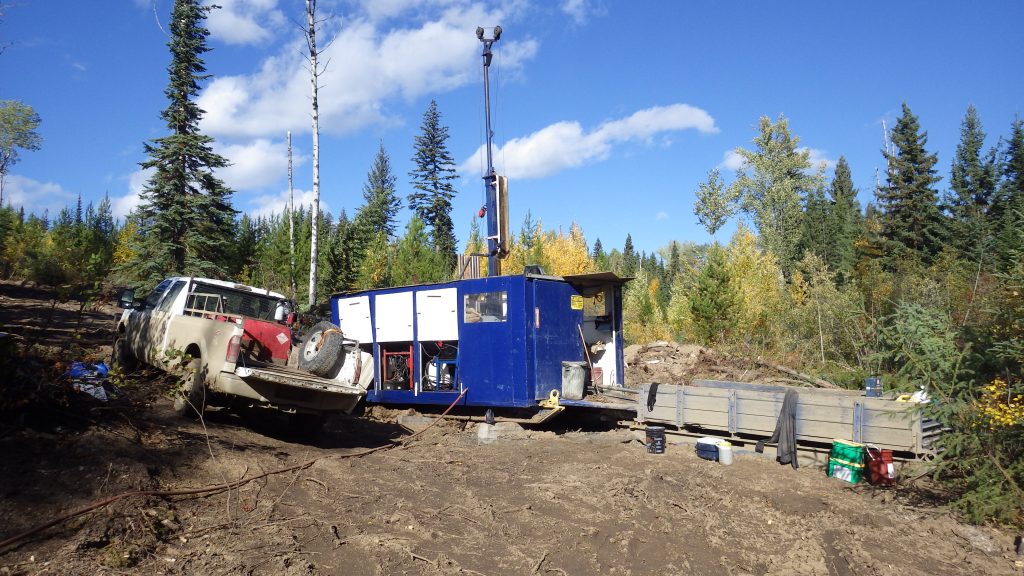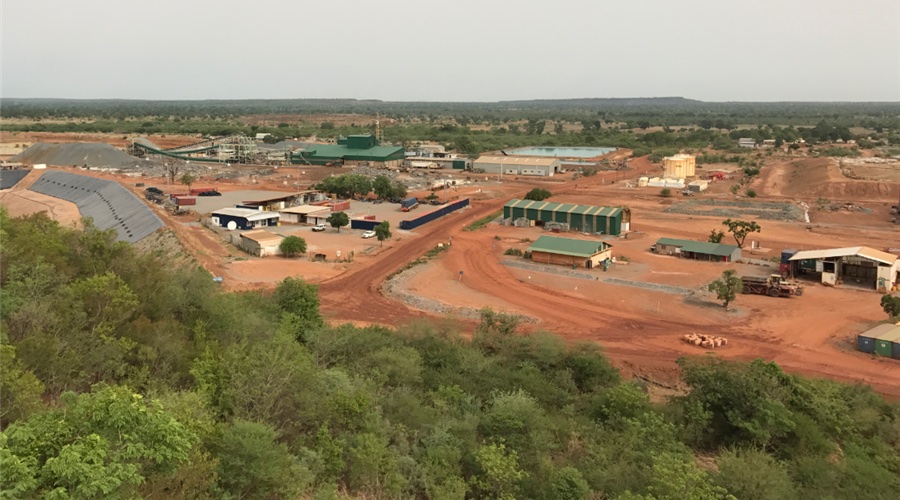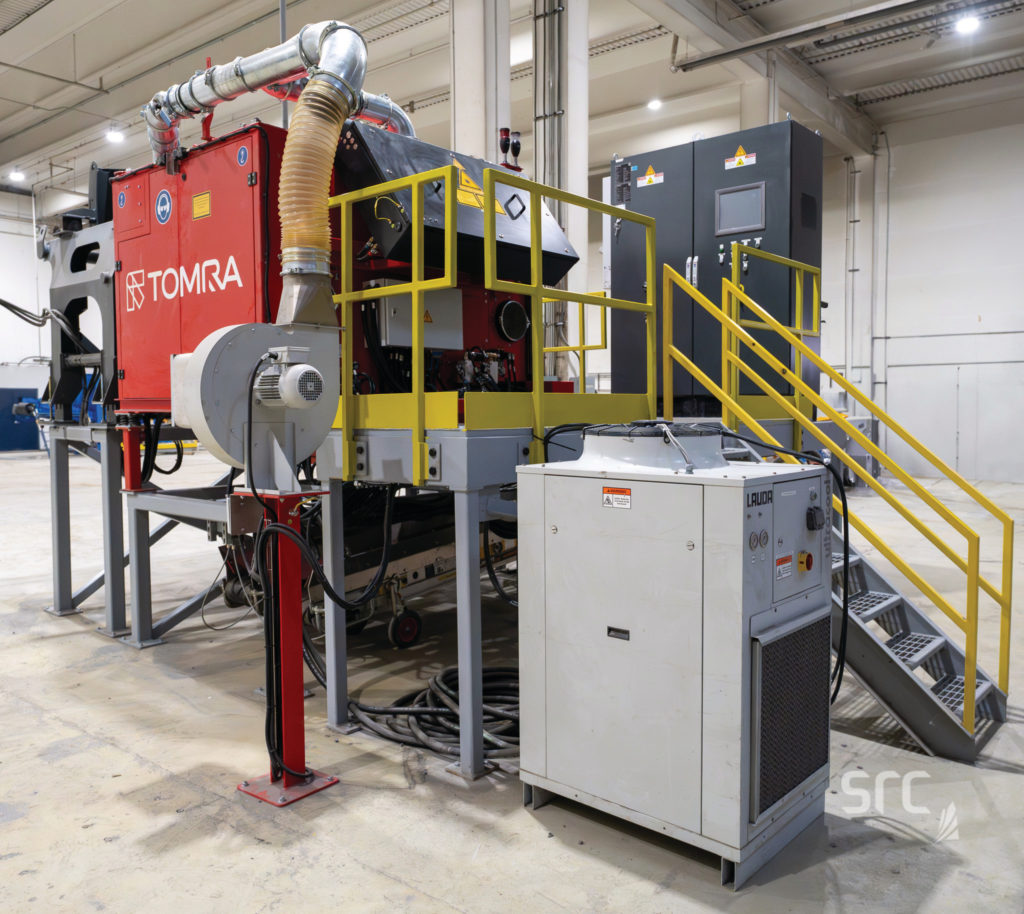UBC tests carbon-capture potential of Inomin’s Beaver critical minerals project


The Carbon Mineralization Lab at UBC assessed the mineral content of select Inomin’s samples for the potential for carbon storage and capture. A total of 28 samples were analyzed from drill core from Inomin’s inaugural drilling program in 2021. The samples were selected to be representative of samples across the entire spectrum of the company’s drilling program.
In general, the drill holes targeted magnetite associated with serpentinization over a strike length of approximately 5 km. None of the samples are contiguous and essentially reflect the ultramafic body the drilling intersected. In most cases, nickel-magnesium mineralization and serpentinite occurrences are open at depth.
Analysis by the lab found that Beaver samples contain key magnesium-rich minerals that are known to react quickly with CO2 in air such as brucite and hydrotalcite group minerals. Notably, 19 of the samples contained moderate to high (up to 11% wt) brucite, a form of magnesium able to capture and store carbon.
Based on the presence of brucite in 60% of the analyzed samples, and high serpentine contents in all analyzed samples, the lab concluded there is potential for direct capture of CO2 from air in the form of Beaver tailings.
“The test results are an exciting, important, value-add for our Beaver project. To put the results in perspective, most minerals are hardly reactive with CO2 so appreciable carbon storage is not possible. Brucite is the key mineral for carbon capture as it reacts with carbon dioxide, and 1-2% by weight brucite content is considered significant. Beaver samples contain up to 11% brucite which is very substantial,” said John Gomez, president of Inomin. “UBC’s findings add to Beaver’s positive attributes, in short, a green, district-scale, critical minerals project that is just emerging.”
The Beaver property comprises the 7,582 ha northern claim block of Inomin’s Beaver-Lynx project, which collectively covers approximately 20,000 ha. It is located 50 km from the town of Williams Lake and 15 km east of the Gibraltar mine, one of the largest open pit copper mines in Canada.
Inomin’s inaugural 2021 drilling program at Beaver generated a significant discovery of high-grade magnesium and other critical minerals including nickel, chromium, and cobalt. Substantial near-surface mineralization was encountered in all drill holes. The longest mineralized hole returned 252.1 metres grading 20.6% magnesium, 0.16% nickel and 0.33% chromium.
Given the positive drill and carbon capture test results – plus district size – the company believes the Beaver-Lynx project has the potential to be among the world’s largest greenest deposits of high-grade magnesium and other critical minerals.
This post has been syndicated from a third-party source. View the original article here.




